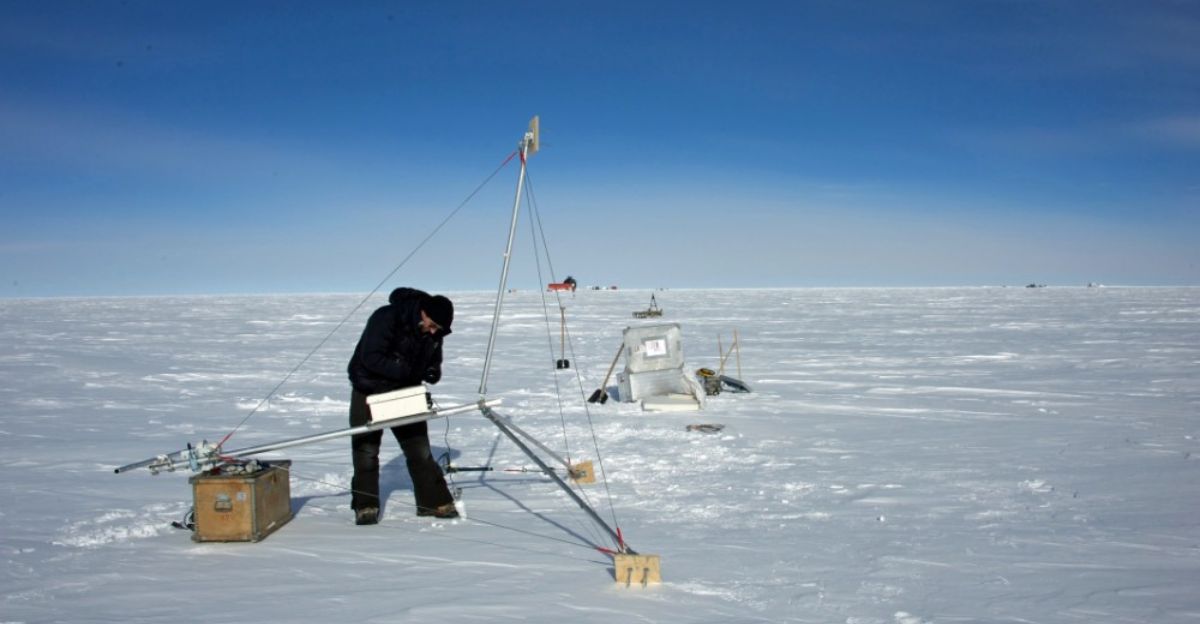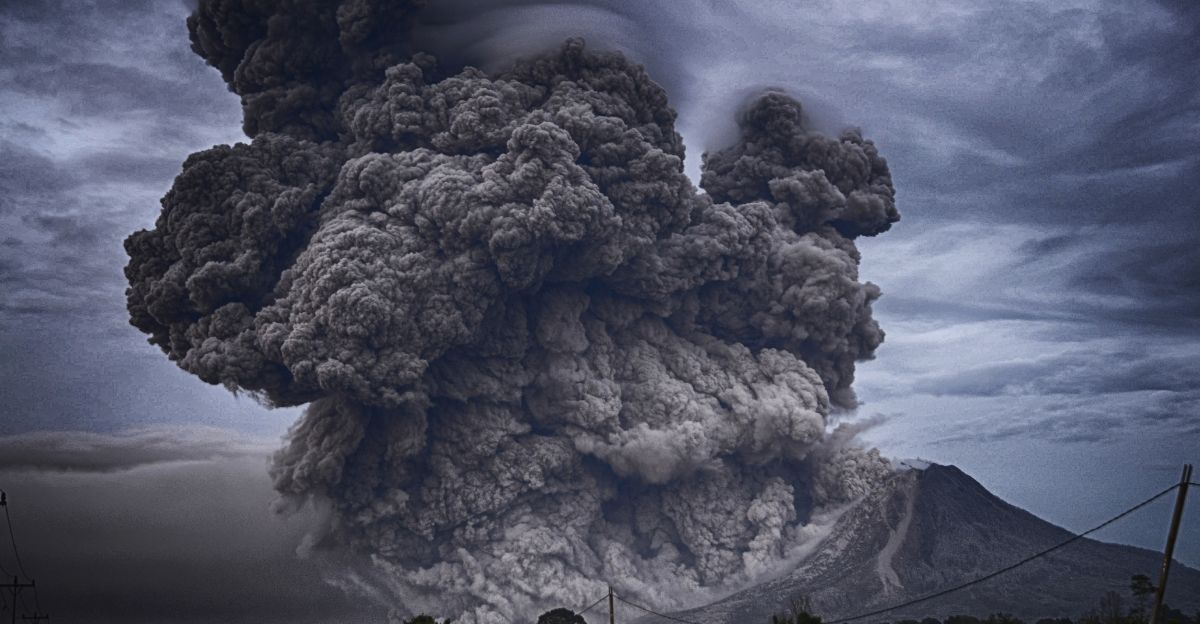
In a groundbreaking study, researchers have traced the mysterious volcanic eruption of 1831 to the Zavaritskii volcano, located on Simushir Island in the Kuril Islands. This eruption significantly impacted the Earth’s climate, causing global cooling and altering the appearance of the sun. The findings, published in December 2024, reveal how a historical event that occurred nearly 200 years ago has been linked to a specific geological source.
Background of the Eruption

The 1831 eruption is notable for its dramatic effects on the Northern Hemisphere’s climate. It caused an average temperature drop of approximately 1.8 degrees Fahrenheit (1 degree Celsius), coinciding with reports of unusually gloomy weather and a sun that appeared in various colors, including blue and purple. Prior to this study, scientists were aware that a massive volcanic eruption had occurred but were unable to identify its source.
Discovery of the Volcano

Researchers from the University of St Andrews utilized ice core samples from polar regions to analyze ash deposits. By examining sulfur isotopes and volcanic glass fragments within these cores, they successfully matched the chemical signatures to those found at Zavaritskii volcano. This discovery marked a significant moment in volcanology, akin to identifying a fingerprint at a crime scene.
Historical Context

The eruption occurred during the Little Ice Age, a period characterized by cooler global temperatures lasting from roughly 1400 to 1850. The climatic changes triggered by the eruption contributed to widespread crop failures and famines across various regions, including Europe and Asia. Historical accounts from this time reflect a stark contrast between expected summer weather and the harsh conditions experienced.
The Role of Zavaritskii Volcano

Zavaritskii volcano is situated on Simushir Island, part of the Kuril Islands—a region currently disputed between Russia and Japan. The island has a history as a Soviet nuclear submarine base during the Cold War, contributing to its remoteness and limited study until now. Researchers noted that previous eruptions from this volcano had not been recorded since around 800 BC.
Methodology of Research

The study employed advanced geochemical techniques to analyze layers of ice cores extracted from Greenland. These cores contained evidence of sulfur spikes corresponding to the year of the eruption, confirming its timing and impact on global temperatures. The meticulous analysis allowed scientists to trace back the volcanic activity with unprecedented accuracy.
Impacts on Climate

The 1831 eruption’s release of sulfur dioxide into the atmosphere created an aerosol plume that reflected sunlight, leading to significant cooling effects. This phenomenon not only altered local weather patterns but also had far-reaching consequences for agriculture and food supply across affected regions.
Reports from 1831

Contemporary accounts describe bizarre atmospheric phenomena during this period. Notable figures like composer Felix Mendelssohn documented experiencing unseasonably cold weather during summer months, highlighting the unusual climatic conditions resulting from the eruption.
Importance of Monitoring

Despite solving this historical mystery, researchers emphasized that there is still a lack of monitoring equipment for volcanic activity in remote areas like the Kuril Islands. This gap in observation poses risks for future eruptions that could similarly disrupt global climate patterns.
Conclusion on Volcanic Activity

The identification of Zavaritskii volcano as the source of the 1831 eruption underscores the importance of understanding volcanic activity in lesser-known regions. As climate change continues to be a pressing concern, insights gained from such studies can inform responses to potential future eruptions.
Future Research Directions

The findings open up new avenues for research into other potentially active volcanoes in remote areas. Understanding their eruptive histories could be crucial for predicting future events that may have significant climatic impacts.
Hidden Mysteries

The study serves as a reminder of how interconnected our planet’s systems are and how historical volcanic events can shape contemporary understandings of climate dynamics. The legacy of the 1831 eruption continues to resonate as researchers strive to unravel more mysteries hidden beneath layers of time and ice.
Explore more of our trending stories and hit Follow to keep them coming to your feed!

Don’t miss out on more stories like this! Hit the Follow button at the top of this article to stay updated with the latest news. Share your thoughts in the comments—we’d love to hear from you!







